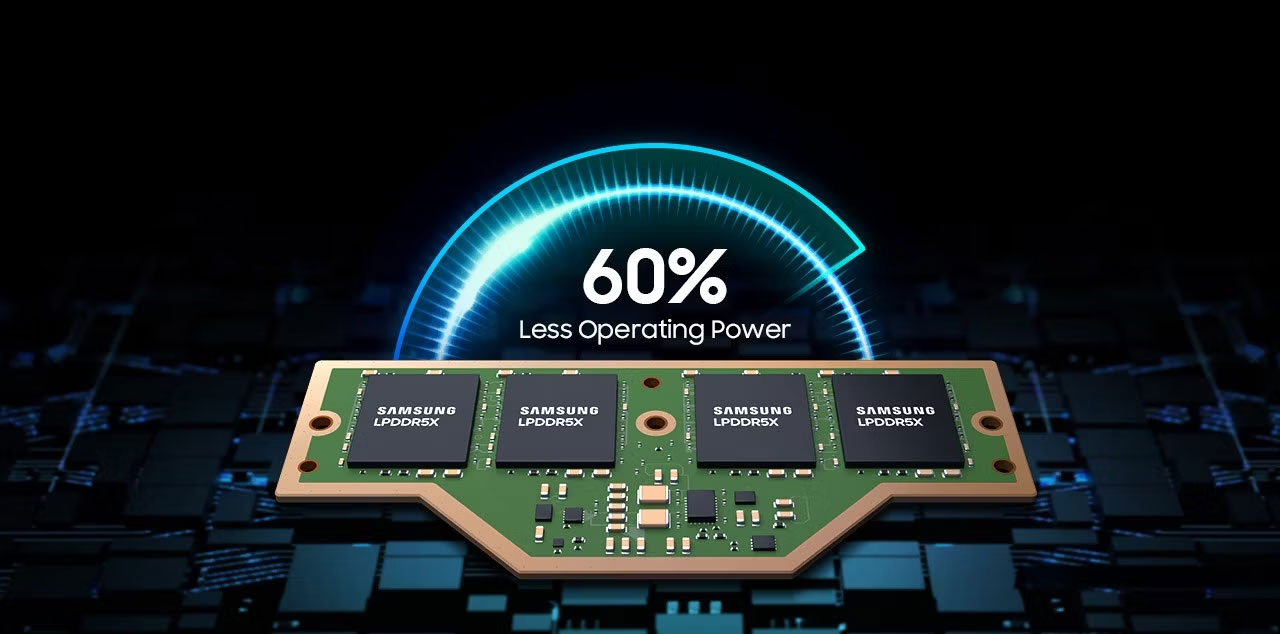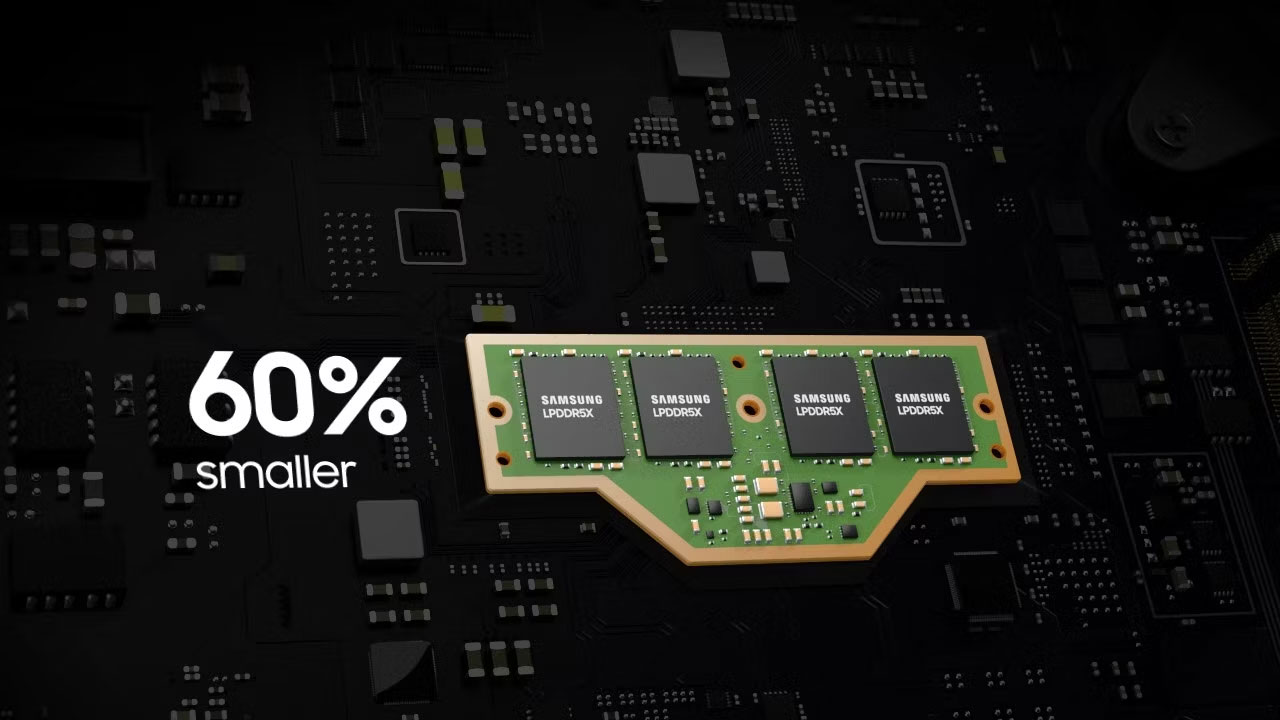What is LPCAMM2?
2024 is an exciting year for Windows laptops. From new improvements in performance and AI features to better battery life, we're seeing changes on all fronts.
What is LPCAMM2?
LPCAMM2 stands for Low Power Compression Attached Memory Module 2 and is a derivative of Dell's Compression Attached Memory Module (CAMM). However, it is quite different from Dell's original CAMM concept in 2023.
The idea is to replace the nearly 20-year-old SO-DIMM standard, which takes up a lot of space on the motherboard and is quite power-hungry. LPDDR5X overcomes the shortcomings of SO-DIMMs, but it requires soldering as close to the CPU as possible to be effective, which doesn't solve the upgradeability problem. The LPCAMM2 is the best of both worlds, as you get fast, power-efficient, and replaceable memory.
LPCAMM2 has two installation standards:
- Stacked design with two single channel CAMM2 modules
- Design a module with dual channel CAMM2 module. This configuration supports 128-bit memory bandwidth with 4 32-bit subchannels.
Depending on what the manufacturer uses, new RAM sockets for LPCAMM2 memory could be considered. At the time of writing, Micron, Samsung and SK Hynix have announced LPCAMM2 modules. Of these three modules, Micron's are the only ones to hit the market, featured in the Lenovo ThinkPad P1 announced in April 2024.
How does LPCAMM2 compare to LPDDR5?
As mentioned above, LPCAMM2 promises performance and power efficiency benefits over LPDDR5 and other SO-DIMM type memory modules.
|
| LPDDR5 | LPCAMM2 |
| Speed | Typically up to 6,500 Mbps | Up to 8.533 Mbps |
| Wattage | Up to 64GB | Available in 16, 32 and 64GB modules |
| Energy efficiency | Lower power consumption compared to DDR5 | Power consumption is up to 60% lower than LPDDR5 |
| Size | Smaller than DDR5 module | Up to 60% smaller than LPDDR5 |
| Upgradability | Solder to the motherboard | Subject to change |
Overall, you can expect a 1.3x improvement in data transfer speeds when using LPCAMM2 memory. Another thing to note is that LPCAMM2 uses LPDDR5x memory.

This is also great news in terms of power consumption, which can only benefit laptop users:
- Samsung claims its LPCAMM2 modules use 60% less active power and 72% less standby power than SO-DIMM modules.
- Micron claims 58% less power consumption during operation and up to 80% power savings when the system is in standby mode.
- SK Hynix's energy efficiency figures are similar, claiming up to 62% energy savings during operation.
Energy efficiency not only increases battery life but also controls temperature. This means laptop manufacturers don't need powerful heatsinks and giant fans to keep high-performance machines cool, resulting in thinner, lighter machines.
Last but not least, LPCAMM2 also has a significantly smaller capacity than LPDDR5. Because the module dimensions are completed according to standards adopted by JEDEC, the new modules are up to 60% smaller. The smaller installation footprint, combined with the dual-channel structure of the LPCAMM2, means that one module can be used instead of two SO-DIMMs.

The above numbers allow laptop manufacturers to create thinner and lighter laptops. Additionally, they can point out that 14-inch Windows laptops and the like can also have larger batteries but weigh a bit more. With the expected high battery life figures, it's safe to say it's a worthy sacrifice.
These energy efficiency numbers are important on many fronts. Combined with the power efficiency of Qualcomm's Snapdragon can compete and even beat MacBooks when it comes to performance and battery life while maintaining a thin and light form factor.
You should read it
- New experiments show that canola oil can dissolve belly fat
- Suggest the style of masquerade for men on Halloween night
- Want to load page speed on Edge browser faster, enable this feature
- How to download and convert YouTube video formats on SaveClipBro
- 10 ways to avoid losing laptops and data when traveling
- The secret to distinguish and use memory cards
 What is Large Action Model (LAM)?
What is Large Action Model (LAM)? What is Streamer? How does the streamer profession make money?
What is Streamer? How does the streamer profession make money? What are DoS and DDoS denial of service attacks? What are their harmful effects?
What are DoS and DDoS denial of service attacks? What are their harmful effects? What is a meridian? What is latitude?
What is a meridian? What is latitude? What is SMS?
What is SMS? Warning: New DISGOMOJI malware uses Discord emoji to steal data!
Warning: New DISGOMOJI malware uses Discord emoji to steal data!